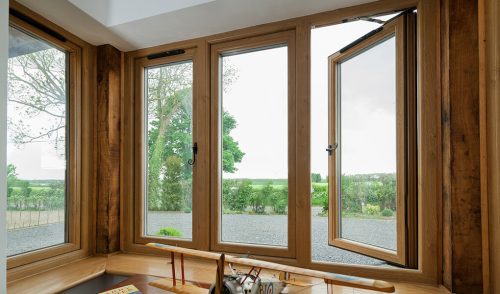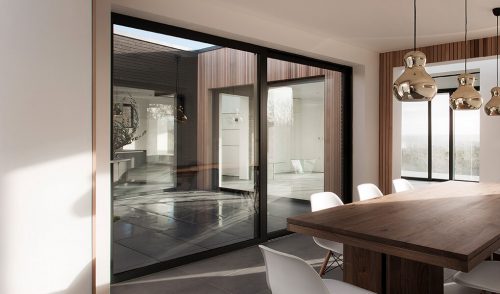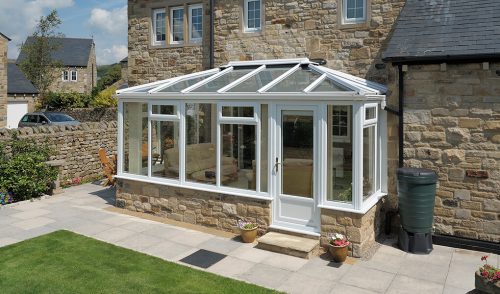Key Findings
- Conservation area status adds additional planning controls requiring approval for many external alterations including window and door replacements
- Residence 9 windows with their authentic timber appearance are regularly approved for conservation areas across Buckinghamshire
- Planning permission requirements vary by location, with Article 4 directions removing certain permitted development rights
- Energy-efficient solutions like double and triple glazing can be compatible with conservation requirements
- Local authorities generally approve home improvements that preserve or complement the character of the area
Living in a beautiful conservation area brings many joys – historic surroundings, protected streetscapes, and a strong sense of community and place. However, when it comes to making improvements to your home, the additional planning controls can seem daunting.
At Premier Windows, we’ve been helping homeowners across Buckinghamshire navigate these regulations for over 30 years, providing sympathetic, high-quality window and door solutions that meet both conservation requirements and modern living needs.
This guide will walk you through everything you need to know about building in a conservation area – from understanding the planning frameworks and permitted development rights to specific advice about windows and doors. We’ll show you how our expertise and product range, including our conservation-approved Residence 9 windows, can help you upgrade your property while respecting its historic character.
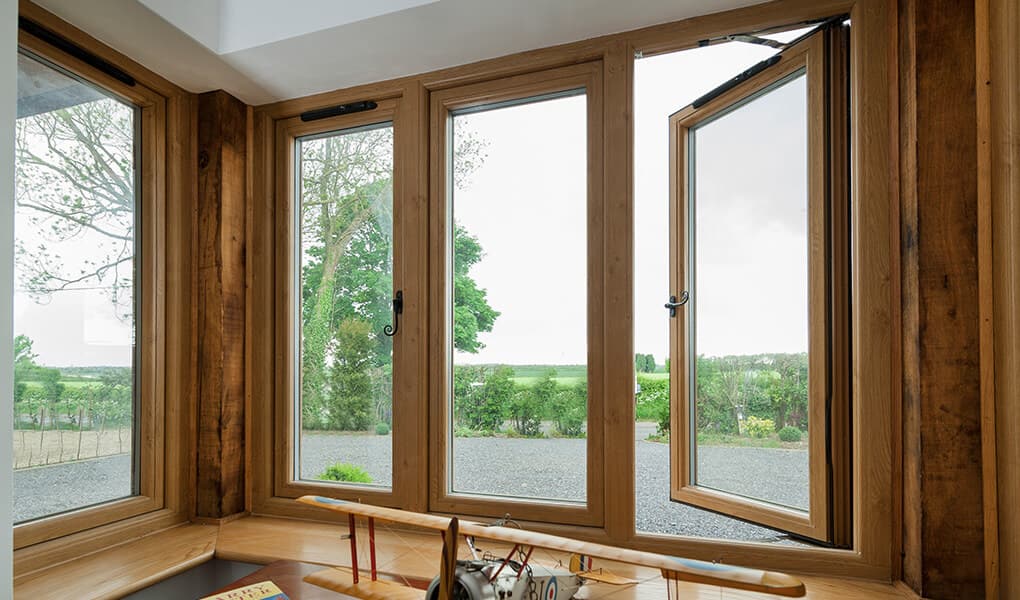
The Residence collection offers traditional aesthetics with modern performance.
What is a Conservation Area?
Conservation areas are designated zones of special architectural or historic interest, where the character and appearance are considered worthy of preservation or enhancement. Created under the Civic Amenities Act 1967, these designations help local authorities protect the historic environment and distinctive local character that makes an area special.
In Buckinghamshire, we have over 200 conservation areas, from the historic centres of towns like Aylesbury, Buckingham, and High Wycombe to picturesque villages like Wendover and Great Missenden. Each has its own character and specific controls.
Conservation areas typically have:
- Restrictions on demolition
- Control over external works that might affect the character of the area
- Protection for trees with Tree Preservation Orders (TPOs)
- Additional controls over advertisements, satellite dishes, and other minor developments
- Special attention to the desirability of preserving or enhancing the area’s character
Local planning authorities usually create conservation area appraisals and management plans that detail the special interest of each area and provide further information about local policies.
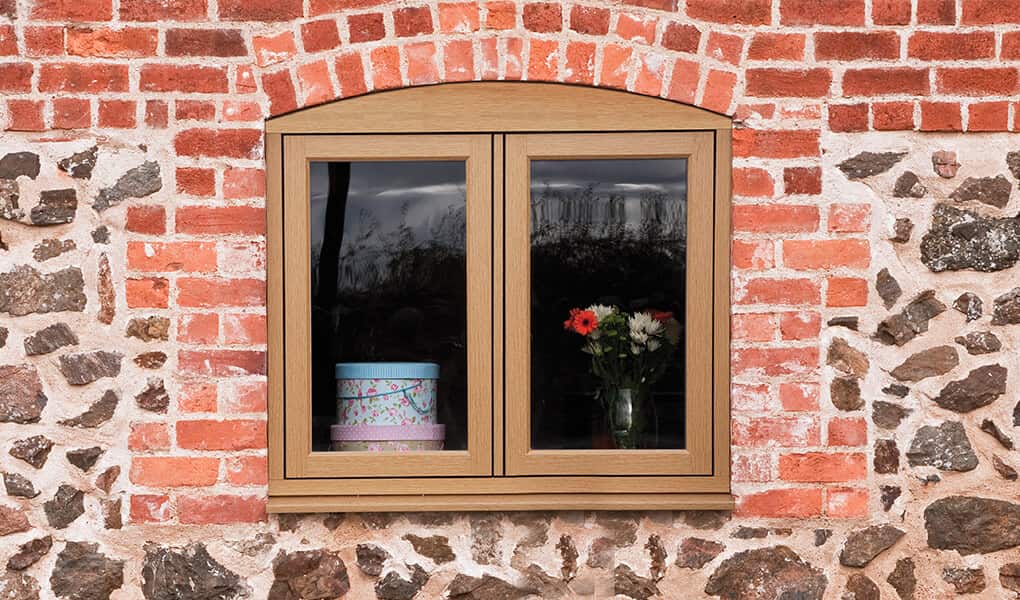
Do I Need Planning Permission?
While normal permitted development rights allow many homeowners to make certain changes without planning permission, these rights are often restricted in conservation areas. This means you’ll likely need to submit a planning application for alterations that might otherwise be permitted.
When to Check with the Council
Always consult your local council before making external alterations in a conservation area. Here’s a quick checklist of works that typically require planning permission:
- Window and door replacements (if materials or appearance will change)
- Extensions beyond certain size limits (typically smaller than the usual permitted development allowance)
- Roof alterations including dormers and skylights
- Installation of satellite dishes and antennae visible from the street
- External cladding or rendering
- Addition of porches
- Demolition of structures over 115 cubic metres
- Changes to means of enclosure (gates, fences, walls)
If your property is a listed building, you’ll also need listed building consent for most alterations, both internal and external. Carrying out work without the necessary permission can be a criminal offence with serious consequences.
The National Planning Policy Framework (NPPF) provides guidance on development in conservation areas, emphasising that applications should demonstrate how proposals preserve or improve the character of the area. Your local council will assess plans against the relevant conservation area appraisal and local policies.
Replacing Windows in a Conservation Area
Windows are often described as the “eyes” of a building, and changing them can dramatically alter a property’s character and appearance. This is why window replacements in conservation areas receive special attention from planning officers.
In Buckinghamshire conservation areas, we’ve helped countless homeowners navigate the process of upgrading their windows while meeting planning requirements. Here’s what you need to know:

The Planning Process
When submitting a planning application for replacement windows, you’ll typically need to provide:
- Detailed drawings showing existing and proposed windows
- Information about materials and finishes
- Method of opening (e.g., sash, casement)
- Glazing bar patterns and sections
- Visible window furniture (handles, stays)
The planning committee or officer will assess your application against the character of the area, examining whether the proposals preserve or enhance the conservation area. They’ll often refer to the relevant conservation area appraisal for specific guidance.
Conservation-Friendly Window Options
At Premier Windows, we’ve developed significant expertise in providing conservation-appropriate windows that combine period aesthetics with modern performance. Our Residence 9 windows are particularly suitable for conservation areas, having been designed specifically to replicate 19th-century timber windows.
These windows sit flush to the frame, emulating the appearance and texture of traditional timber while offering superior thermal performance through their 9-chamber design. They’ve been approved for use in numerous conservation areas across Buckinghamshire, from Amersham to Aylesbury, thanks to their authentic appearance.
Available in heritage colours like Chartwell Green and Oak, these windows can be customised to match the specific character of your dwelling house while providing the energy efficiency and security of modern materials.
Doors in Conservation Areas
Like windows, doors make a significant contribution to the character of buildings in conservation areas. Front doors in particular are highly visible elements that contribute to the street scene and appearance of the area.
Planning Requirements for Doors
When replacing doors in a conservation area, the planning portal guidance generally requires that new doors:
- Respect the architectural style and period of the building
- Use appropriate materials (traditionally timber in most historic areas)
- Maintain the original size and position of the door opening
- Preserve original features like fanlights, architraves, and door furniture where possible
Conservation-Friendly Door Options
At Premier Windows, we offer a range of door solutions suitable for conservation areas, including:
Composite Doors with Traditional Appearance
Our composite doors are perfectly adept at fitting into a historic environment, especially when applied with a woodgrain finish. They offer the appearance of timber with significantly improved thermal performance and security.
A key advantage for conservation area applicants is our dual-colour installation option – meaning you can have a traditional woodgrain effect like Golden Oak externally to satisfy conservation requirements, while choosing a contemporary interior finish like Anthracite Grey to match your internal décor.
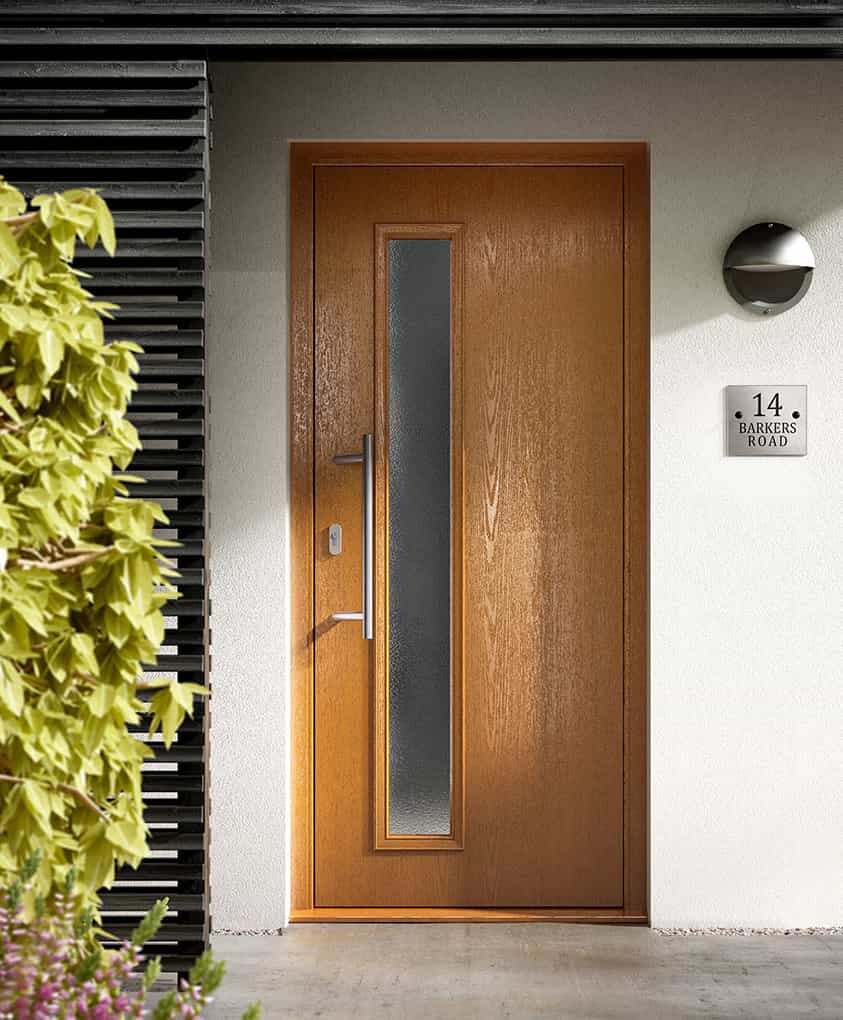
Composite doors are available in oak effect finishes.
Traditional Timber-Look Entrance Doors
For properties where authentic appearance is paramount, our range includes uPVC entrance doors that meticulously replicate period designs from Georgian, Victorian, and Edwardian eras. These can be customised with appropriate glazing patterns and traditional ironmongery to enhance the character of your property.
Energy Efficiency vs. Authentic Design: Can You Have Both?
One of the biggest challenges for conservation area homeowners is balancing the desirability of authentic period appearance with the need for modern energy efficiency. The good news is that with advances in materials and manufacturing, you can now achieve both.
Slim-Profile Double Glazing
Many local authorities now accept slim-profile double glazing, which offers improved thermal performance while maintaining a traditional appearance. These units have a narrower gap between the glass panes, allowing them to be fitted into traditional frames.
Advanced Materials with Traditional Appearance
Our Residence 9 windows represent the perfect compromise between heritage aesthetics and modern performance. With their 9-chamber design and ability to accommodate either 28mm double or 44mm triple glazing, they achieve exceptional energy ratings (A+) while perfectly replicating the look of traditional timber windows.
Key features include:
- Authentic Design Inspired by 19th Century Craftsmanship: Our Residence 9 windows meticulously replicate the appearance of period timber windows
- High-Quality Materials for Lasting Performance: Crafted from premium-grade uPVC
- Energy Efficiency for Increased Comfort and Savings: The multi-chamber design maximises thermal insulation, potentially achieving Passivhaus standards
- Traditional Aesthetics with Modern Performance: While appearing traditional, they incorporate modern engineering for superior functionality
- Versatile Design Options: Available in a wide range of heritage colours and finishes to complement any architectural style

How Premier Windows Can Help
With over three decades of experience in Buckinghamshire, we’ve developed specialised knowledge of local conservation areas and planning requirements. Our expertise can significantly increase your chances of success when applying for permission to upgrade windows and doors in sensitive historic locations.
Our Conservation Area Expertise
We understand the specific requirements of local authorities across Buckinghamshire and the surrounding areas. Our team regularly works with planning officers and conservation specialists to ensure our proposals meet the necessary standards for approval.
We can:
- Provide detailed advice on suitable products for your specific conservation area
- Prepare documentation for planning applications
- Offer guidance on the relevant conservation area appraisal and planning policies
- Supply high-quality technical drawings and specifications for submission
Our Heritage-Friendly Product Range
Our comprehensive range of conservation-friendly products includes:
- Residence 9 flush sash windows
- Traditional sliding sash windows
- Heritage casement windows
- Period-style composite and timber-effect doors
- Sympathetic bifold and French doors for rear extensions
All are available in authentic heritage finishes including Cotswolds Biscuit, Vintage Cream, Chalk White, Eclectic Grey, and classic Black.
Our Accreditations and Guarantees
As a DGCOS and Which? Trusted Trader accredited company, we maintain the highest standards in both products and installation. All our installations come with a 10-year insurance-backed guarantee, giving you complete peace of mind.
Our showroom just off the A41 in Aylesbury displays our full range of conservation-friendly windows and doors, allowing you to see and feel the quality and authentic appearance before making your decision, with visitors invited through appointment.
Conclusion
Building or renovating in a conservation area presents unique challenges, but with the right advice and products, it’s entirely possible to upgrade your home while respecting its historic character. The planning process may require additional steps, but the end result – a beautiful, energy-efficient property that preserves the special character of your area – is well worth the effort.
At Premier Windows, we’re committed to helping Buckinghamshire homeowners navigate these challenges. With our heritage-friendly window and door range, particularly our conservation-approved Residence Collection, we can help you achieve the perfect balance of period authenticity and modern performance.
Why not contact our team today to discuss your conservation area project? Call us on 01296 422 842 or email enquiries@premwindowsanddoors.co.uk to arrange a consultation. You can also visit our Aylesbury showroom to see our conservation-friendly products in person. We’re open Monday to Friday 9am-5pm, and Saturday 10am-1pm, and welcome guests via appointment.
Let us help you upgrade your home while preserving the historic environment that makes our Buckinghamshire conservation areas so special.
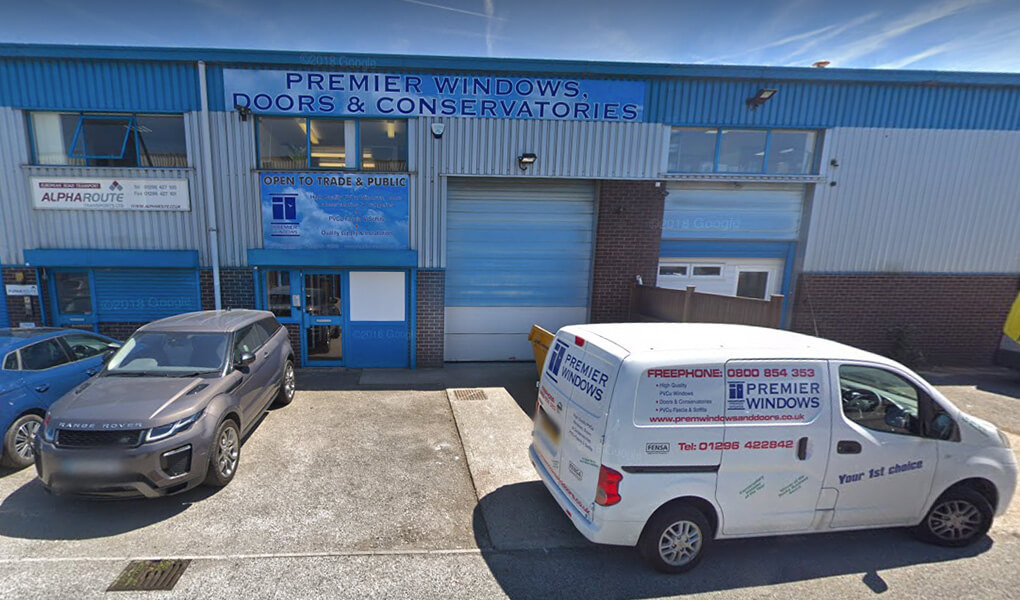
Get a free quote
If you're interested in any of products then get in touch with us to get your free quote today.
Book an appointment
If you would like to discuss our incredible range of products, then book an appointment today.

